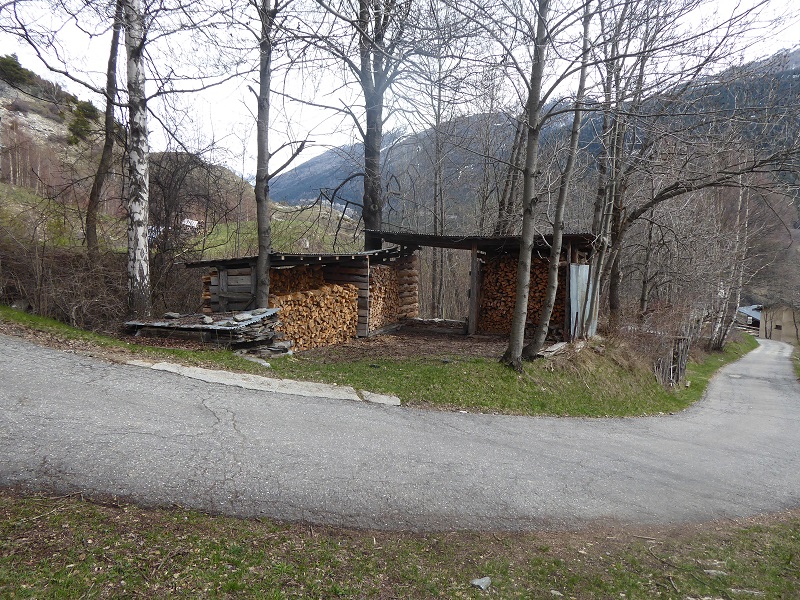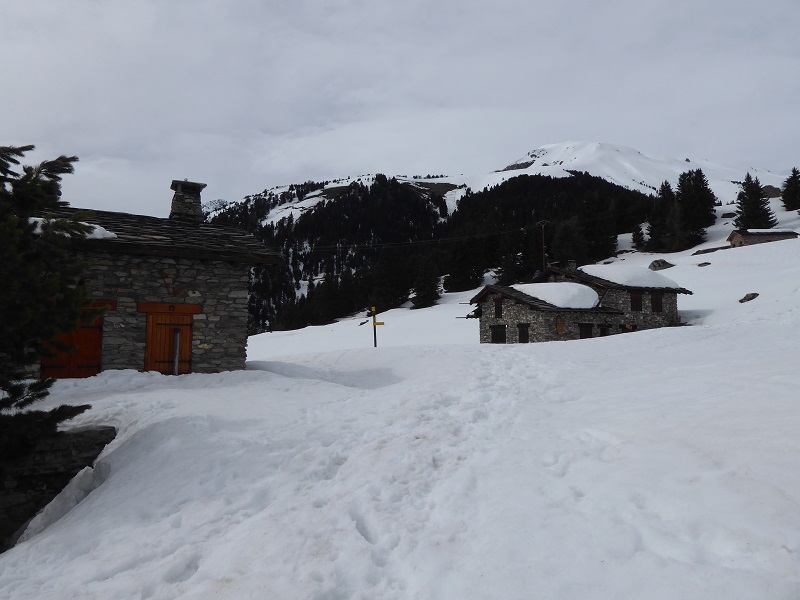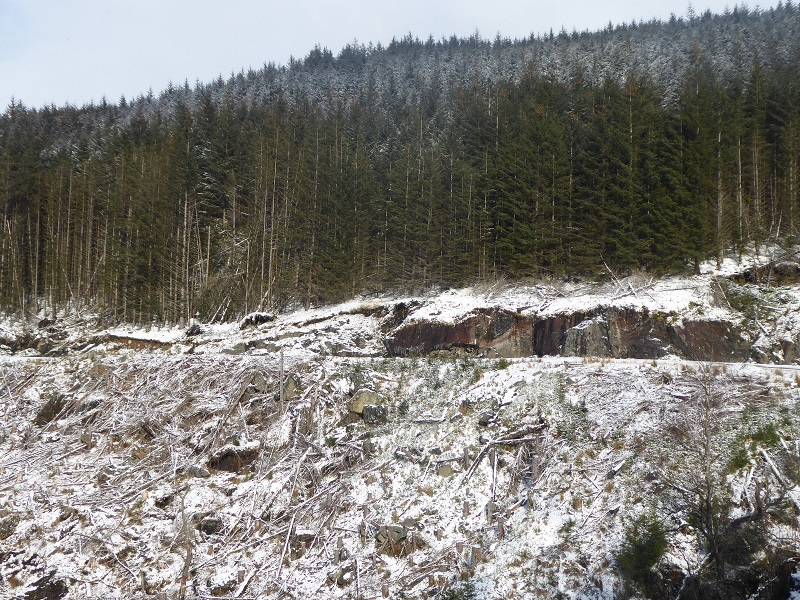
Almost everywhere you go in the Haute Maurienne is evidence of community use of the forests which cover much of the valley sides. Locals use wood to heat their houses and in construction. The contrast with Scotland is striking: how many such wood stores do you see in the Argyll Forest Park or in Crianlarich?
The history of the woods and woodland management is of course very different in Scotland and in the Vanoise but that is something our National Parks should be able to learn from. The commune at Le Bourget has been managing the forest above for hundreds of years. There are larch trees at Port d’Orgere, one of the official entrances to the Vanoise National Park high above the village, which are over 700 years old. This community management has not been without conflict, with a long running dispute at the turn of the century about whether the old forest within the National Park boundary should be left to evolve naturally. That dispute now appears to have been resolved, with the answer being yes (if you read French there is a very interesting an informative article about this here) and with the only management now allowed being to maintain paths and access for people.
By contrast in Scotland the Forestry Commission, which inherited a deforested landscape, has changed from an organisation which originally supported rural development – part of its original mission was to maintain rural communities – to one that runs forest operations from afar and on an industrial scale. The result is that most local communities are excluded from using our forests in any productive way, our forests are far more uniform in structure, look terrible and provide for far less wildlife. The few examples of community control and conservation forestry do not disprove the bigger picture.
The fundamental difference in the way forestry operates in our National Parks and in the peripheral zone around the Vanoise is one of power. In France local communities have real power and that changes the way the land is managed and protected. In Scotland they don’t. That has a major impact on how the landscape looks and what wildlife can be found there.


Our National Parks should, in my view, being trying to pioneer new models of forestry based on the experience of other countries where community control has delivered benefits both for local communities and for conservation. The new forest strategy (see here) being developed by the Cairngorms National Park Authority provides an opportunity to do that. The Loch Lomond and Trossachs National Park Authority is unfortunately far behind on this, not even identifying forestry as an issue worthy of consideration, but that in a sense could provide an opportunity for a completely fresh start. A good place to begin would be for Board Members to start looking at what happens abroad and consider how our National Parks could learn from this.